19 Must-Do’s Before Your Next Gallery Event
Hosting events can been one of the most effective ways to market your business, expand your reach and attract new customers. Done badly however, they can be little more than an expensive get together for you and your artist friends. The challenge is to know what to do to attract the right audience to get results and earn sales.

Making your event a success takes a coordinated effort that includes a mix of traditional, promotional and digital marketing. This guide will take you through a checklist of marketing activities to get customer’s attention and the best part… most of them are free!
Yes, that’s right. I said FREE. Most of the marketing ideas I’m sharing here cost next to nothing. That should be music to the ears of every small business owner trying to maximize each marketing dollar. I’ve pulled together this list for owners and managers that hate wasting money on advertising that doesn’t work. Which (‘m guessing here) is everybody.
The good news is paid advertising is only a small part of all the activities needed to successfully promote a business. When you consider traditional, promotional and now digital marketing, paid ads are just a small part of the overall mix. This list breaks down how to combine the best marketing activities to promote your next event, reach new customers and sell more.
EVENT MARKETING CHECKLIST
In Store Signage
During the weeks prior to your event, post a flyers on your door and at the sales counter where customers are likely to see them. Let them know about the not to be missed event at your business. If you need help creating an eye-grabbing flyer, use a free service like Canva.com. You can upload photos and your logo into ready made templates, then download and print.
Announcements
Include a printed announcement with each framing project that’s picked up. It doesn’t have to be fancy. You can print them on your own computer, four to a sheet of 8.5×11″ paper. Easy to follow templates can be found in word processing software like Microsoft’s Word or Apple’s Pages. Invite them to the party, bring a friend or promote your partnering winery and be sure to include the date and times.
Sidewalk Sign
If your city code allows, get a sign out front of your door today! Many communities require a permit, so check with city hall before you put our your sign. This photos shows my very low-tech DIY sign. I framed two sheets of Masonite painted with chalkboard paint. Then trimmed with architectural moulding from the hardware store. It’s inexpensive way to grab the attention of all the cars passing by your shop.
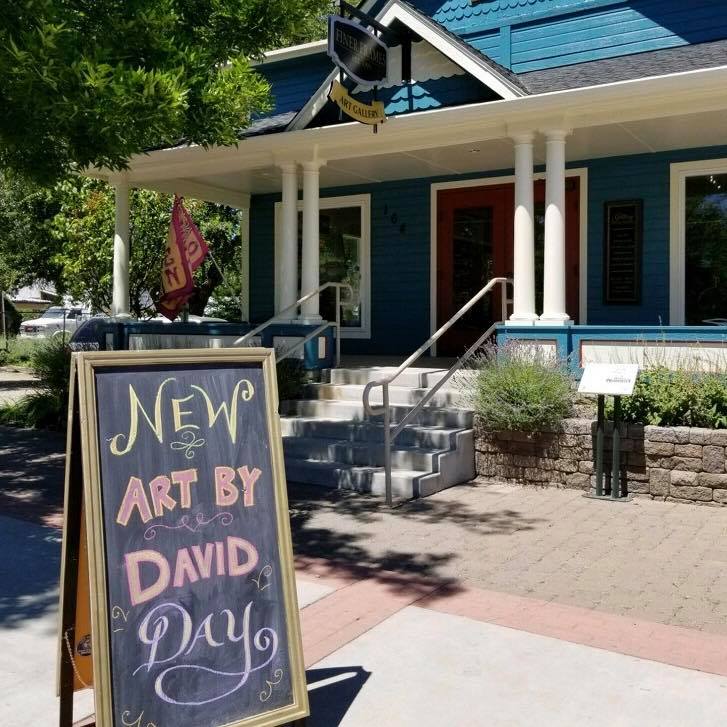
Window Display
Take the best advantage of your storefront by dressing your store windows to highlight an upcoming art show, contest or reception. Stay to your theme and fill with frames, decor and be sure to include lighting. Need ideas? Visit Pintrest for scores of ideas on store window decorating.
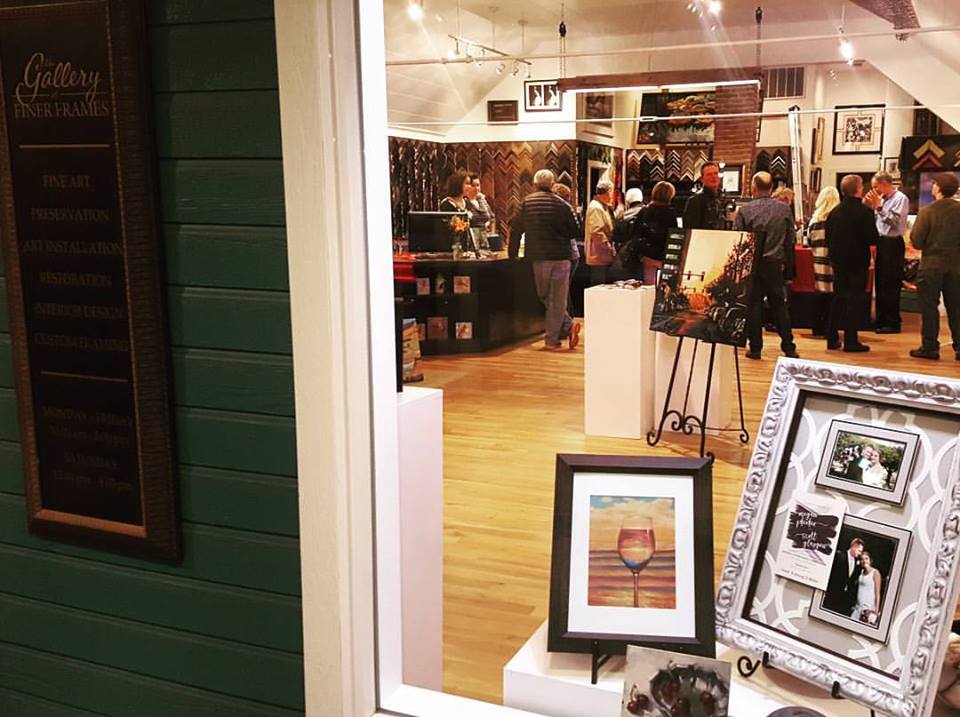
E-Mail Event Invites
Keeping in contact with your clients is easy with online email services like Constant Contact and Mail Chimp. Their templates make customizing your email with your logo and photos a breeze. Send out an email invitation a week in advance and then again the day of the event. Be thoughtful about the language you use. Write a catchy headline and an opening sentence that will make your customers want to actually open the email. As an experiment, I used “Can you make it tonight?” as the opening line of my reminder email and the response rate was triple the average.
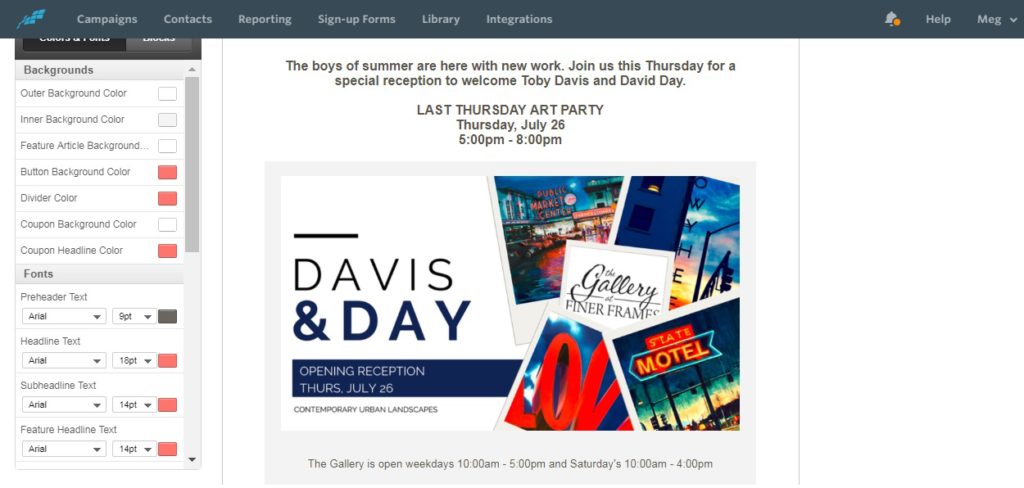
Personal Phone Calls
In our fast-paced digital world, personal touches can make the biggest difference. Take a few minutes to reach out and call customers with a personal invite to your next event. Make a list of your top customers or community influencers and set a realistic goal of calling 5 people a day. Say hello. Thank them for helping to make your business successful and say you’d love to see them at your party. By keeping it light and cheerful, even on a voicemail message, it’s a wonderful way to keep your business on the top of their mind.
Posters Around Town
Be a good neighbor and share the excitement about your event. Community billboards, libraries and coffee shops are a few good places to post flyers about your event. Bring some to share at your chamber of commerce meeting. If it’s a good fit, post at retirement communities that may be looking for a fun thing to do.
Press Release to Local Media
Tap into your community’s local news sources. Send press releases to arts and business editors telling them the what, when or how of your event. Many television stations and newspapers, like the Boise Weekly above, have free community calendars that would welcome your community news. Be mindful of their publication schedules and be sure to get your information posted in plenty of time for publication.
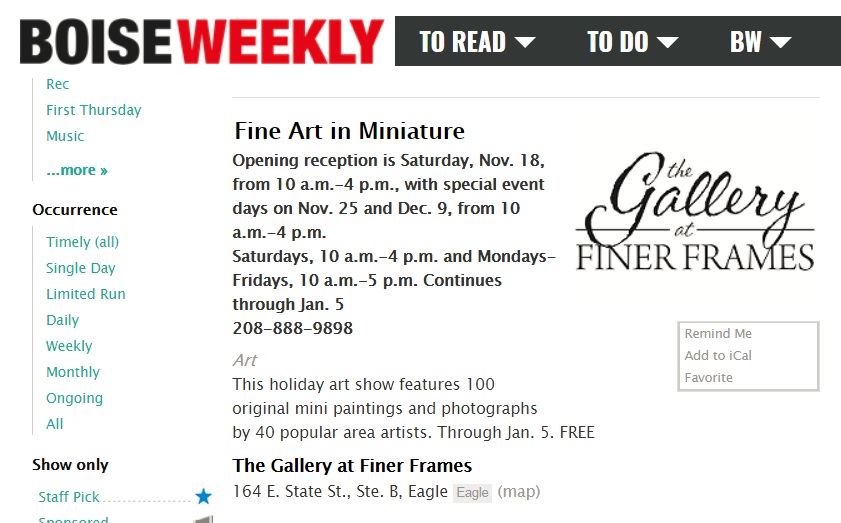
Mail Invitations
Snail mail is still alive and it’s a great way to make customers feel special. A personal hand-written note along with an invitation is sure to grab attention and let customers know how much they are a valuable part of your business, and that is well worth the price of a stamp.
Website Landing Page
Send people to your website for details about your event. Update your website with all the important things to know about your event on a dedicated page. This allows people that are searching to find the information they’re looking for and Google loves this. It improves the search engine optimization of your website to keep you on top of web searches. Be sure to include links to purchase tickets or join your email list.
Blog Post
Blog articles are a helpful way to keep your website easy to find by search engines like Google or Bing. If your website has a blog included, write an article telling readers about what’s happening at your business. Include photos, event times, parking instructions and what people can expect when they arrive. If you’re partnering with a restaurant or winery, be sure to include link to their website. Share your blog post on social media platforms to expand your reach and get more readers.
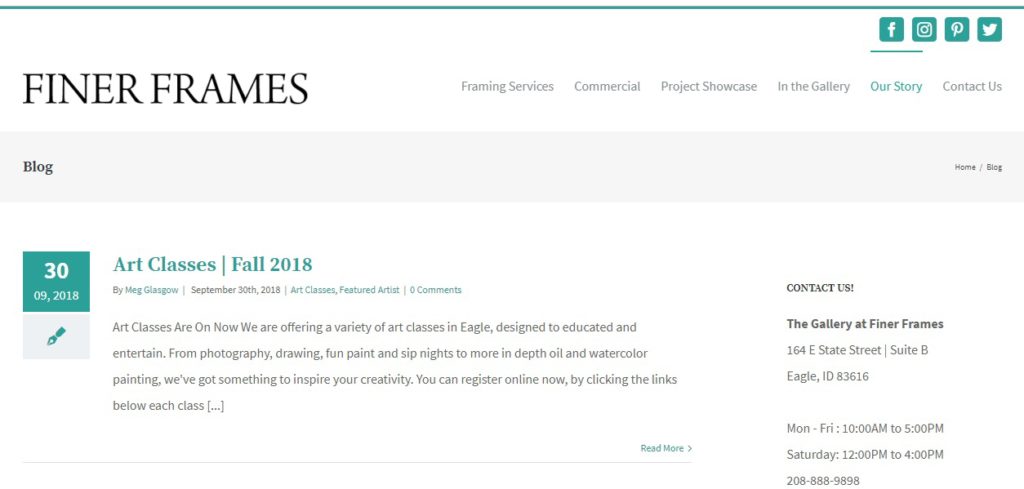
Live Video
Harness the power of video to get attention for your event. When comparing the social reach of text, versus still photos, versus video; video dominates by three fold. If this is new to you, be brave and give it a try. No need to worry that the production quality has to be perfect. A few tricks can make it less stressful. First, practice your recording. To look your best, turn your face toward a window to take advantage of natural light. Keep your message concise and straight to the point. Be sure to include a strong call to action at the end. Tell people what you want them to do; attend, bring a donation, make an appointment. Save your video to share again on your website, email and more.
Social Posts
If you have any doubts if social media marketing really works, consider this. Experts predict that there will be 2.77 billion people using social media networks in 2019. It works because that’s where the attention is. With consumer attention turning to popular sites like Facebook, Instagram and Twitter, businesses should most definitely have a presence on the top social sites. If you are just getting started in the social media world, don’t worry about doing them all. You’re better off choosing one platform, learning it and working it well.

When you use social sites think of your interactions as you would a cocktail party. You’d never introduce yourself and say hey stranger, buy my stuff. Adopt a strategy of 90% giving good stuff and 10% asking for something in return. So when promoting your event, keep it light, fun and informative before you ask them anything. For more helpful social tips, read my article How to Maximize Your Facebook News Feed.
Create a Facebook Event
Facebook makes it easy to promote your event. beginning from your Facebook’s business page, you can create a free listing with all the details including photos, link to purchase tickets and more. Add your featured artist, or featured winery as a co-host to expand your reach and maximize the number of people that see your event in their news feed. Invite friends. Share your event on your personal page and encourage others to share it too. Boost your event after people begin to respond. It will save you a bit of money and increase your exposure.
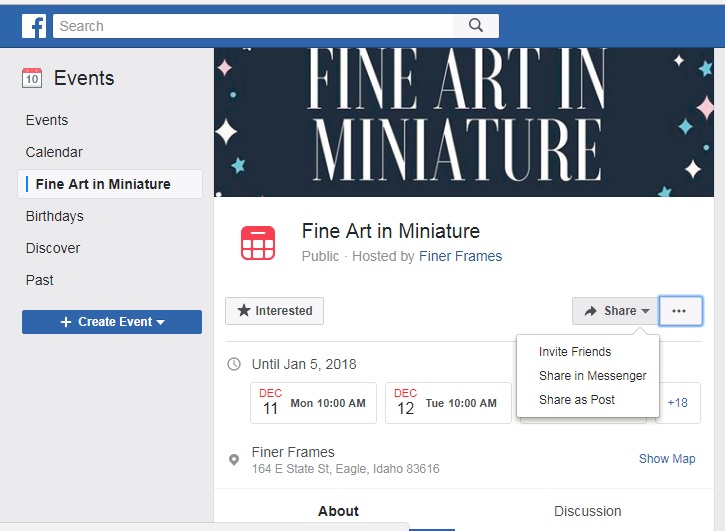
Personal Message Invites
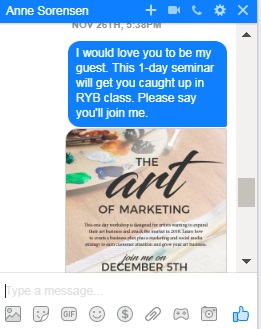
According to an E-Mail Marketing Metrics Survey, emails have a dismal average 21.3% open rate. Compare that to Facebook Messenger open rates of 98%. The big boost for Messenger is largely due to the fact that most people are opening messages on a mobile device. So, take advantage of this surging trend and send personal notes to your favorite fans. Keep it light and friendly. Tell them you’d love to see them there, or that it would mean the world to you if they came. It’s most important to be sincere and talk to them as you would a close friend. Any message that comes across as too salesy will annoy instead of persuade. And nobody wants that.
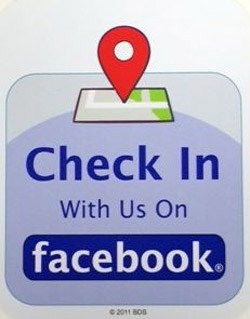 Social Check-Ins
Social Check-Ins
Encourage your guests to “Check In” on Facebook using their mobile phones. When they do, all their friends see where they are and it’s great for your shop’s exposure. Post a sign like this one ⇐. and ask guests to “Let your friends know you’re here.”
To really get people excited, host a contest to encourage more social engagement. For the people that check in, offer a random winner a gift certificate for custom framing or an upgrade to Museum Glass.
Gather Customer Info
After you’ve worked so hard to get people to your awesome event, you better have a way to capture their contact information. We’ve had success doing this a few different ways. We always have a guest book out on the counter inviting customers to Sign Up for gallery news and information about classes. During our Customer Appreciation Events we’ve collected names and emails to join our VIP Club for special discounts and early invites to art shows. Hosting a contest is another great way to gathers contact information. Here’s a tip: leave plenty of room on the entry form to write a legible email address. You’ll be glad you did when it comes time to enter all the contacts into your email system.
Branded Give-Aways
If you’re providing bottled water anyhow, why not add your own brand label on it? This photo shows the custom printed labels we added to small bottles. We’ve also printed new labels for candy bars with our logo on them to give away to party goers. In years past, we’ve given away magnetic photo frames for refrigerators and tool kits all with our logo on them. Get creative. There are a lot of great ideas besides printed pens.
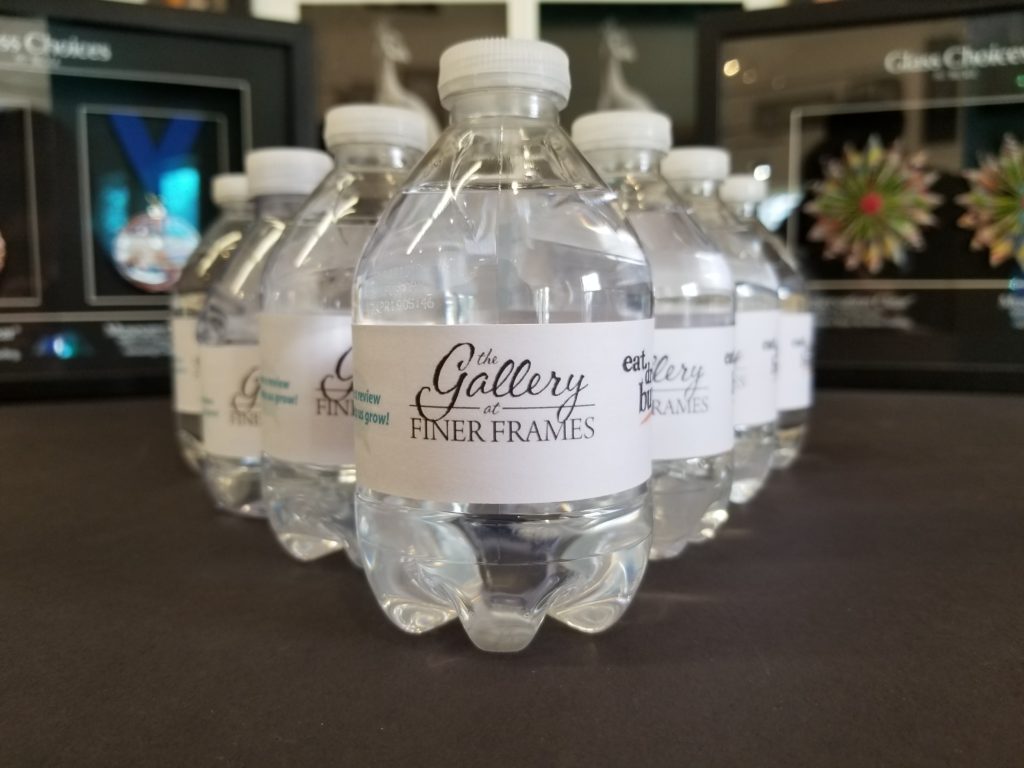
Customer Follow-Up
I saved the best for last, or maybe it’s just the hardest. The event may be over, but the work is not. This is the time to follow up with customer leads, send thank you notes and emails. These important steps are often overlooked, but it’s important to turn all your efforts into actual sales. This is the part that often takes the most courage for some and discipline for others. You’ve got to put in the work if your want the results.
Even if all you got out of your last event was ten new people’s names and emails, that’s ten more than you had before. Reach out and thank them for coming. Give them another reason to come back. Include a coupon for custom framing, a free glass upgrade or discount on art classes. That my friends is how you scale your business… one meaningful customer interaction at a time.
Did you find this article helpful? Please share it with a friend.
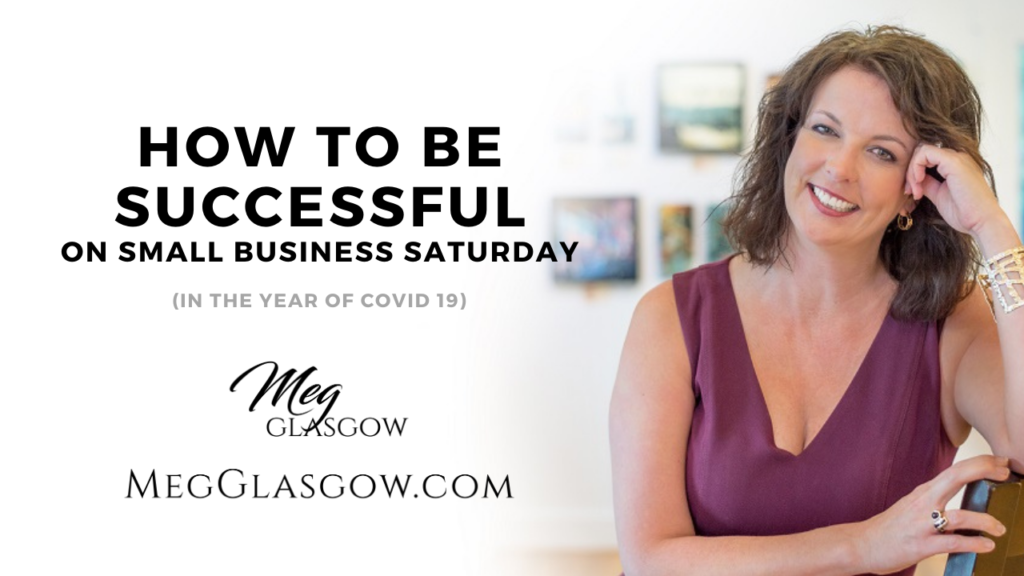
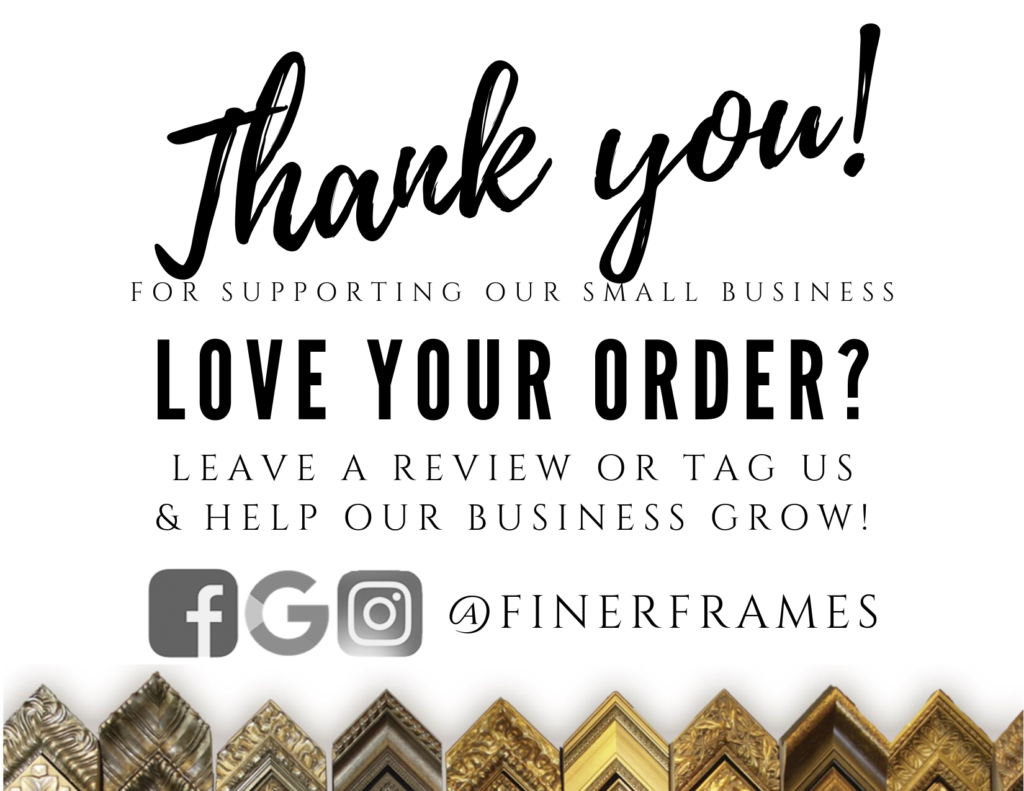

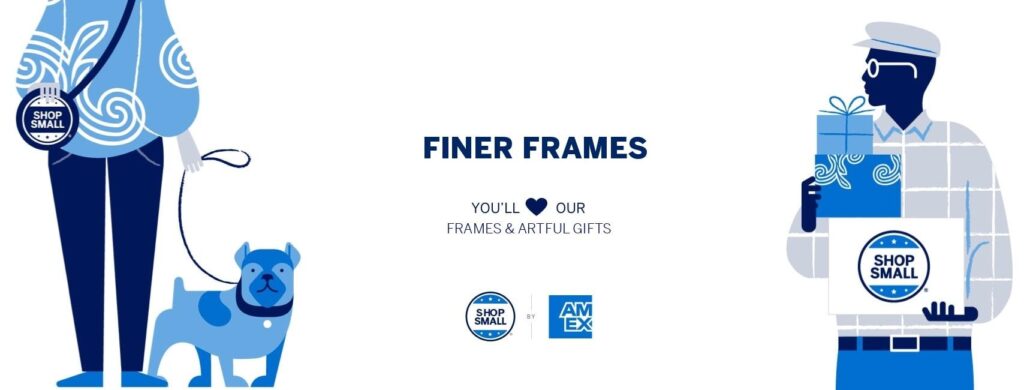


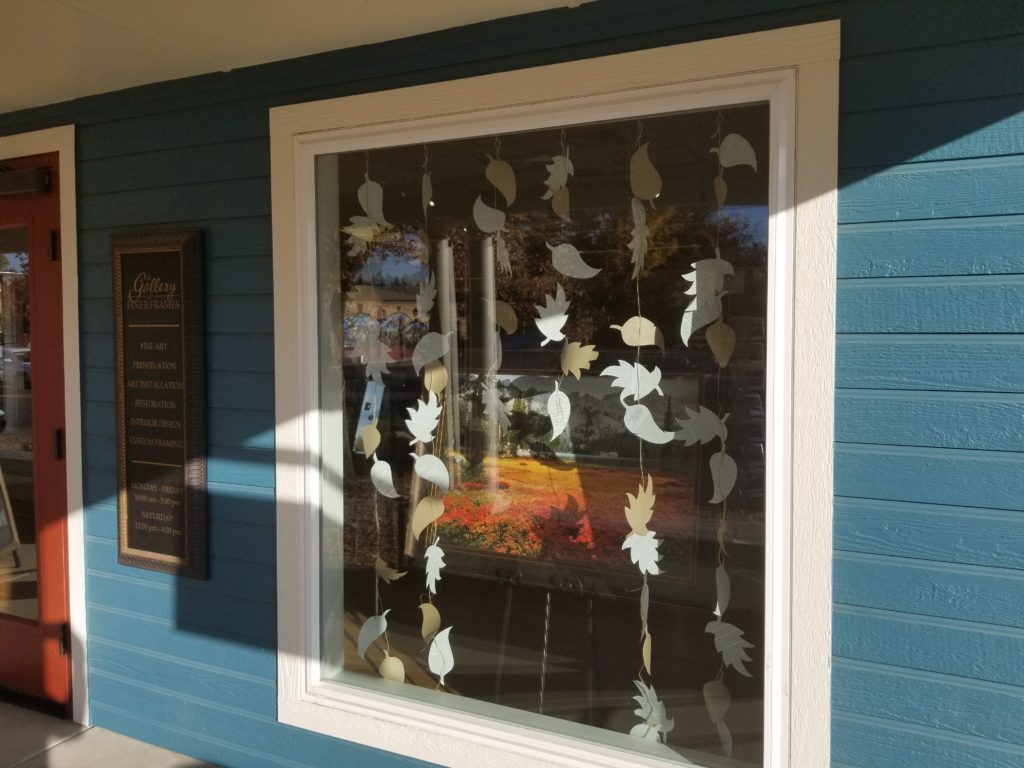

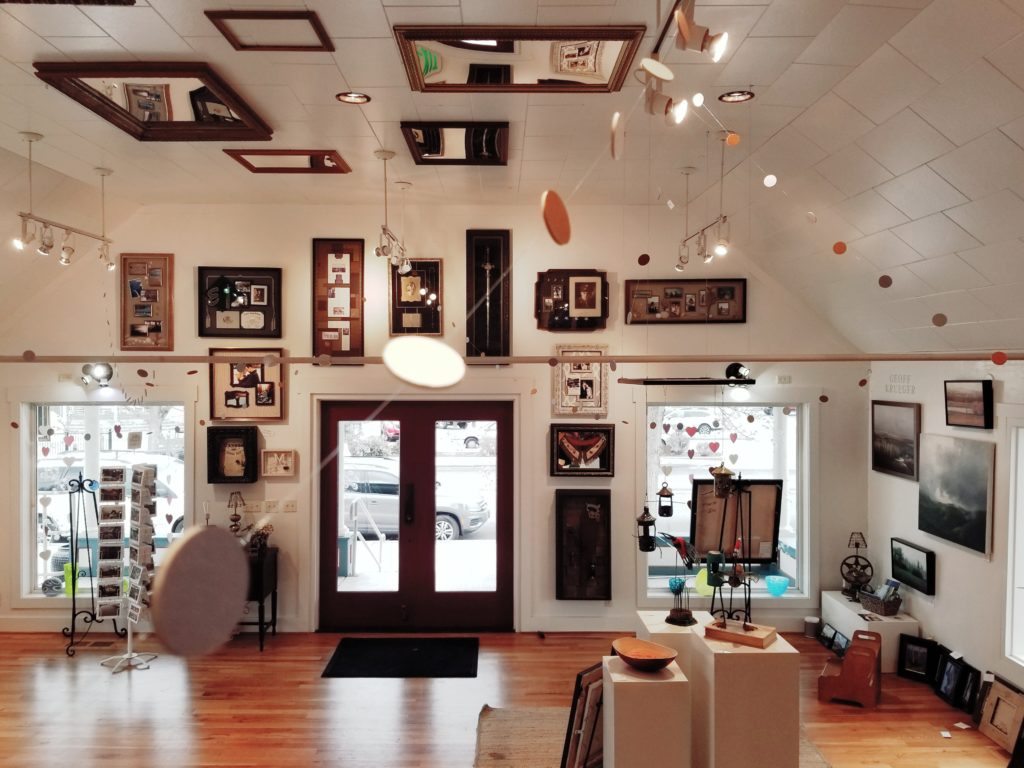

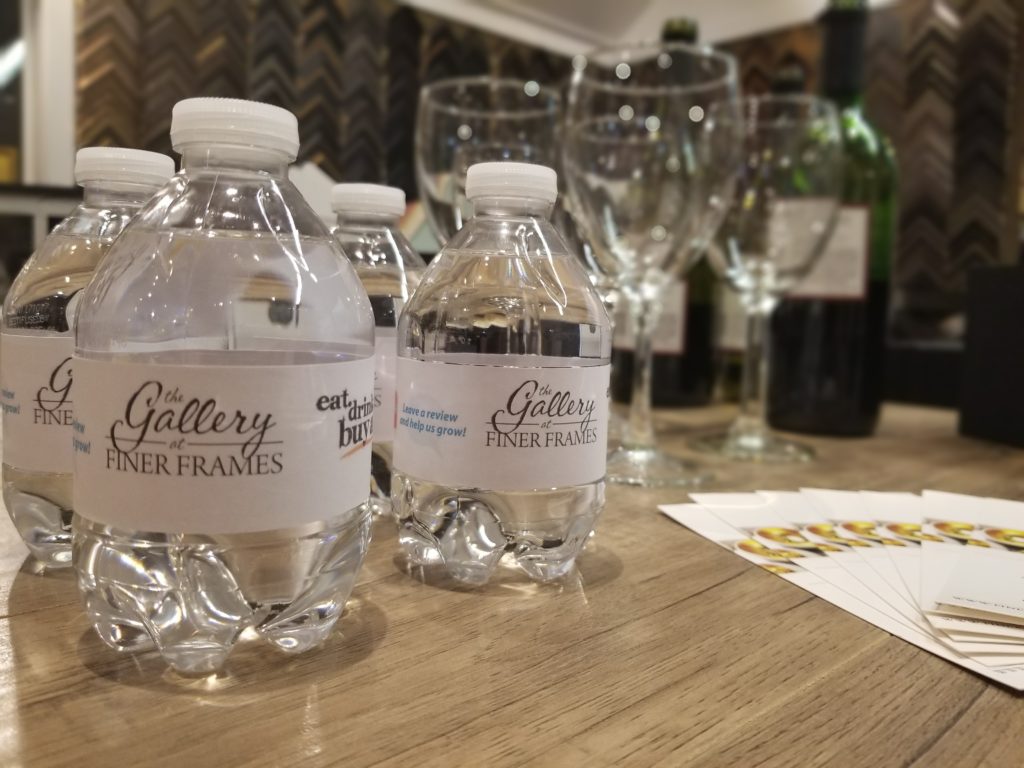
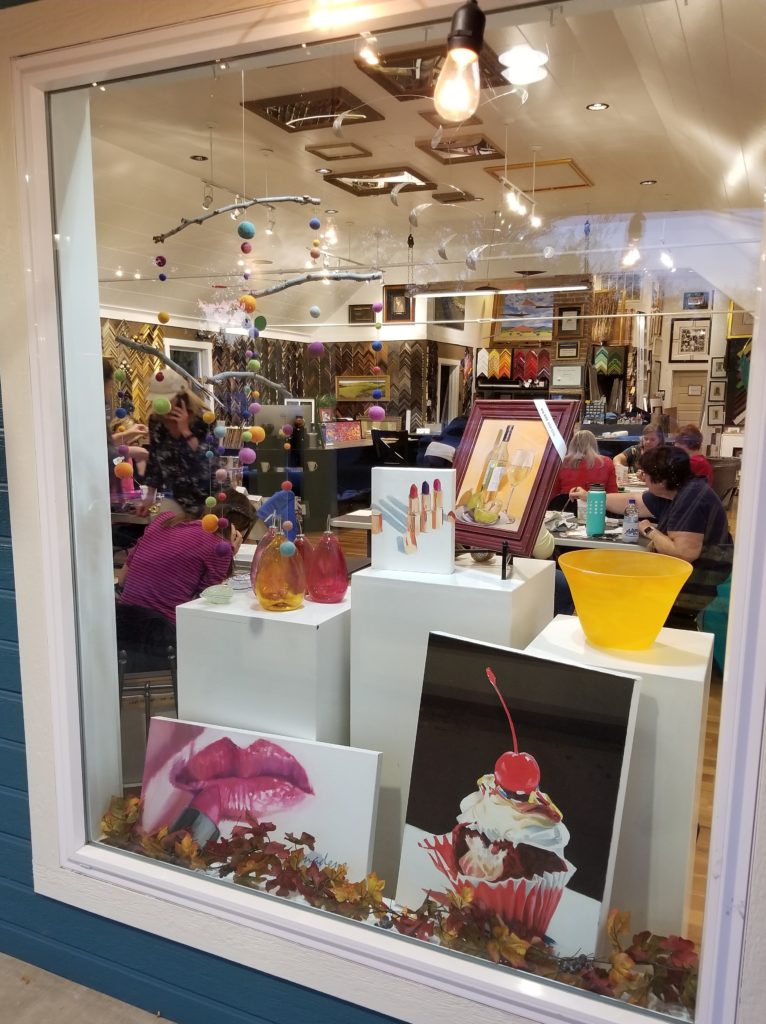











 The common answers I hear from frame shop owners all sound much the same. In fact most small business owners list similar attributes about their business. See if any of these sound familiar.
The common answers I hear from frame shop owners all sound much the same. In fact most small business owners list similar attributes about their business. See if any of these sound familiar.